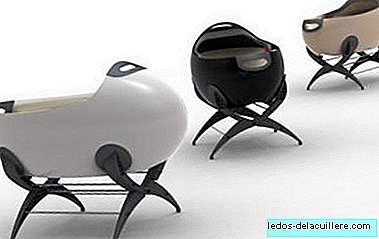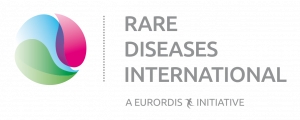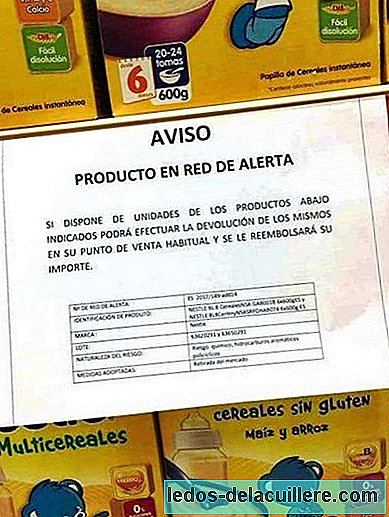
We had already told you about the danger of cadmium levels in crustaceans, but it is that this heavy metal that in certain quantities can be harmful to health is also found in other foods. Especially in cocoa and its derivatives, such as chocolate, with cadmium levels to be controlled and that are regulated so that they are not excessive.
In general, we can say that the foods with more cadmium load are algae, fish and shellfish and chocolates, and although in Europe the exposure to cadmium through food does not reach the established limits considered safe, we must be cautious with these food, especially in the case of children.
In an evaluation carried out from 2003 to 2007 by the Scientific Panel on Contaminants in the Food Chain (CONTAM), experts verified that Chocolate was one of the foods with the highest concentration of cadmium, so strict standards were established to minimize exposure to this metal.
However, exposure to cadmium through food is not a widespread problem since, according to data from the Agency for Toxic Substances and Disease Registry (ATSDR), dietary cadmium intake is about 0.0004 micrograms per kilo of body weight per day, about ten times less than the amount set as a limit.
Cadmium is usually associated with cocoa cultivation, mostly due to the natural content of the soil, although the levels detected do not represent health risks. For this reason, the European Commission has just proposed higher levels of cadmium for dark chocolate (with more cocoa) and lower levels for milk chocolate. The exact figures are expected to be published during this month of January.
A study conducted by German experts in 2006 determined that Not all types of chocolate contain the same levels of cadmium, hence the European Commission has determined different maximum levels for the different varieties.
- Dark chocolate, containing more cocoa, can accumulate more cadmium. The roots of plants, fruits and seeds absorb this metal, which is also deposited in the milk of animals and fatty tissues.
Other foods with cadmium
Cadmium (Cd) is a heavy metal that is found naturally in the environment associated with zinc, copper or lead minerals. It accumulates in the environment and in many foods, especially in the viscera of those of animal origin.
Notably among them are shellfish, which are often consumed whole, guts included. It is the case of Crustaceans such as prawns, prawns, crabs, sea oxen, spider crabs... The heads of these shellfish, which are usually sucked or mixed with white meat in the case of larger ones (sea oxen), contain the digestive system, which is where cadmium accumulates mainly.
In addition to cocoa, which we have already talked about, other vegetables that contain cadmium are algae, wild mushrooms, oilseeds and cereals. The latter are the ones that provide more cadmium, not because they have higher levels, but because it is one of the most consumed foods.
Recall that the Directorate General for Health and Consumer Protection (DGSANCO) of the European Commission stated in an informative note that
There are specific subgroups of the population, such as children or people living in heavily polluted areas, which can almost double this tolerable weekly intake without consuming dark crab meat.
Therefore, although in principle there is no danger in the consumption of cocoa, we will be attentive to the new laws as far as at cadmium levels that are safe in chocolate, and if the Spanish Food Safety Agency (AESAN) establishes new recommendations.












